Study: Half of Viewers Begin Watching TV by Checking Smart TV Apps
The HUB survey highlights how much smart TVs are changing viewing habits as linear TV viewing continues to decline

PORTSMOUTH, N.H.—As linear TV viewing continues to decline a new survey from Hub highlights just how much smart TVs are impacting the way viewers are accessing content and finding something to watch. Unlike the past, when viewers flipped through TV channels, the new Hub “Evolution of the TV Set” study indicates that smart TV owners embrace the app-centric viewing environments that deliver more than just TV entertainment.
About half of those surveyed said that they started their TV viewing experience by looking at TV apps and opening them.
"You can't underestimate the power of what people see first when they turn on the TV," says Jason Platt Zolov, senior consultant at Hub. "Smart TVs are clearly becoming home technology hubs, giving programmers and advertisers more opportunity to partner with TV manufacturers in compelling ways that will only deepen engagement with viewers.”
Other key findings include the fact that the share of TV sets used to stream continues to grow.
In 2024, 60% of respondents “most-used” TV sets are connected to a streaming platform – up by half since 2020. At the same time, the share of primary TVs connected to cable continues to fall (38% this year, down from 52% in 2020.)
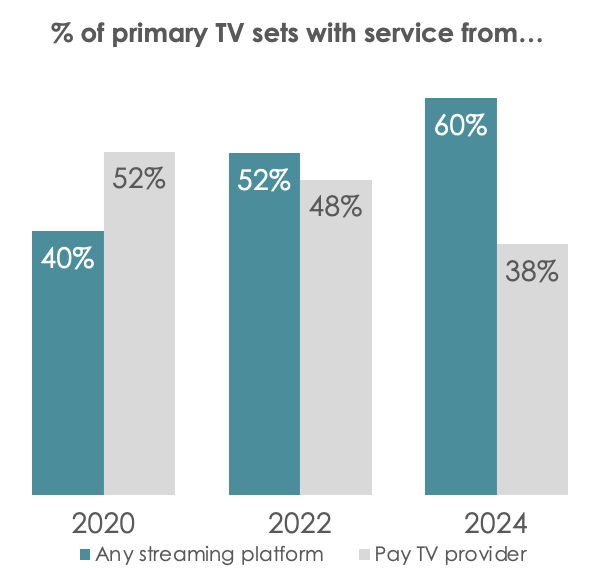
The survey also found that smart TV operating systems now drive more than half of viewing sessions. Hub reported that smart TV operating systems are are also exerting more and more influence over what people watch, with 38% percent say the first thing they see when they turn on their TV is the apps installed on the home screen of their smart TV. Another 27% say they see the apps on a home screen of an external media player, (like a Roku player or Apple TV box). Only 19% see a show in progress from a cable company. The discovery process is becoming one driven by apps and smart TV operating systems, the researchers said.
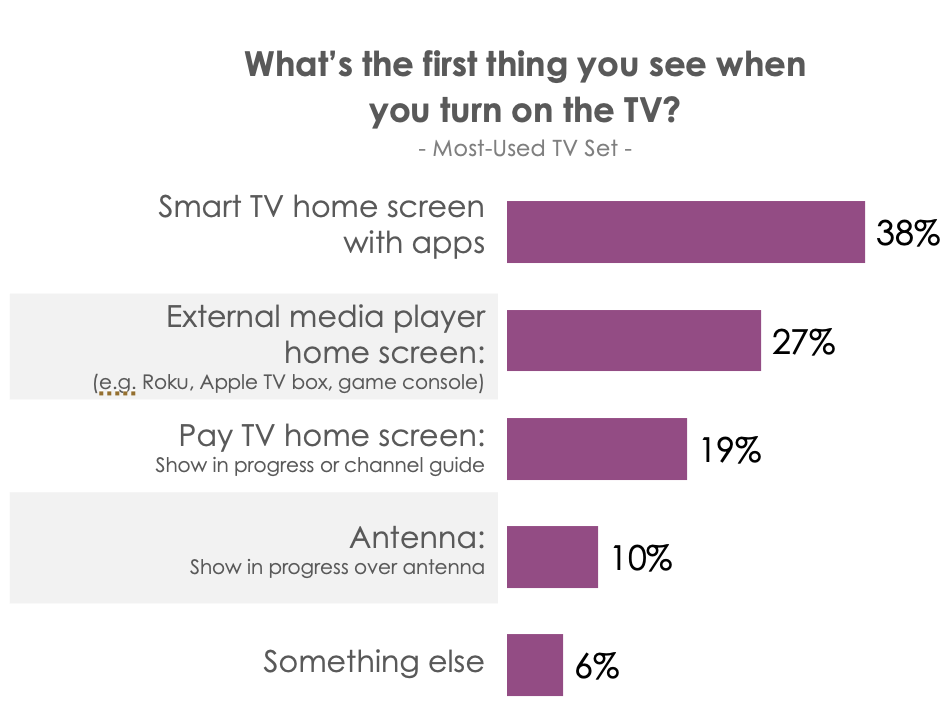
The study also stressed that it is not just cable that is being disintermediated: the smart TV OS is also taking discovery duties away from individual apps. While half (50%) of viewers say they first typically open a specific app (like Netflix) to find something to watch, the other half use capabilities built into the smart TV itself. About one quarter (26%) choose from shows highlighted on their smart TV home screen; another 24% use the universal search function built into their smart TV to search for shows across all their services.
Get the TV Tech Newsletter
The professional video industry's #1 source for news, trends and product and tech information. Sign up below.
This makes the home screen value precious – for both the apps that reside there and how well TV operating systems can deliver on quality universal search across apps, the study reported.
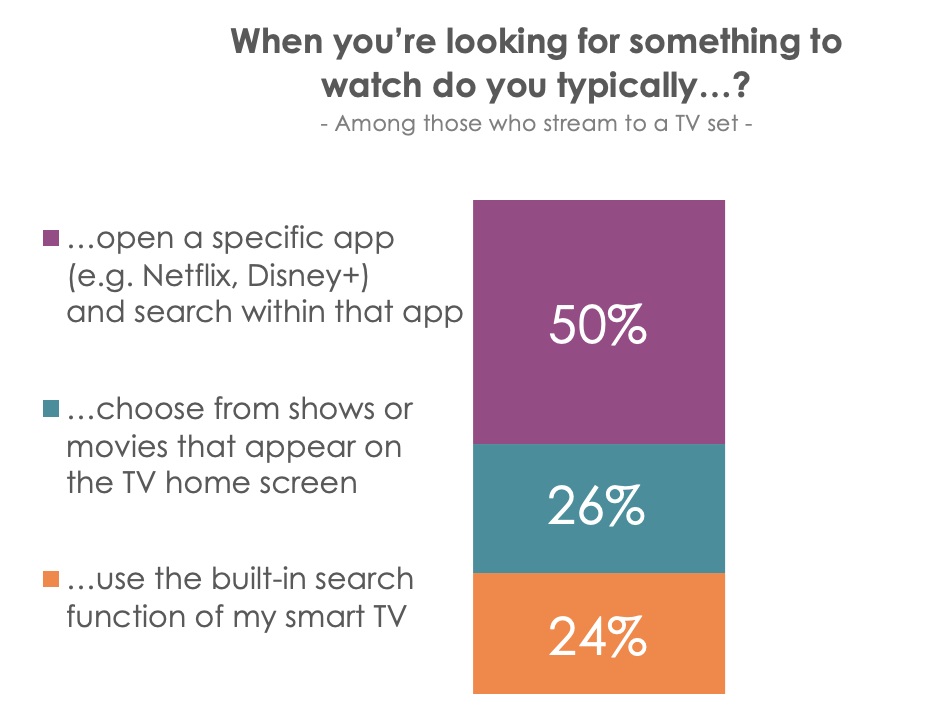
More specifically, smart TVs strongly influence the apps being used to discover shows. In many cases smart TVs dictate which apps consumers decide to watch in the first place – especially during the setup process. Half (51%) of respondents say that they installed a new TV app recommended by their smart TV operating system when they set up their TV for the first time. And nearly half (47%) said that once their TV was set up, they rarely or never add more apps
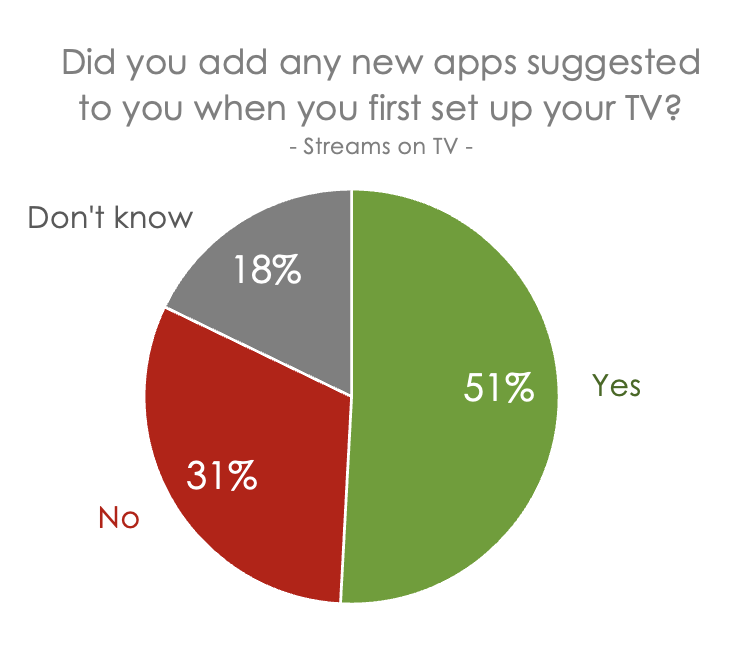
This trend is likely to accelerate in the future: 79% say that when buying a new TV, they prefer to buy one with the same operating system as their existing set, only further entrenching that OS in which shows and apps they find out about and ultimately use, the researchers reported.
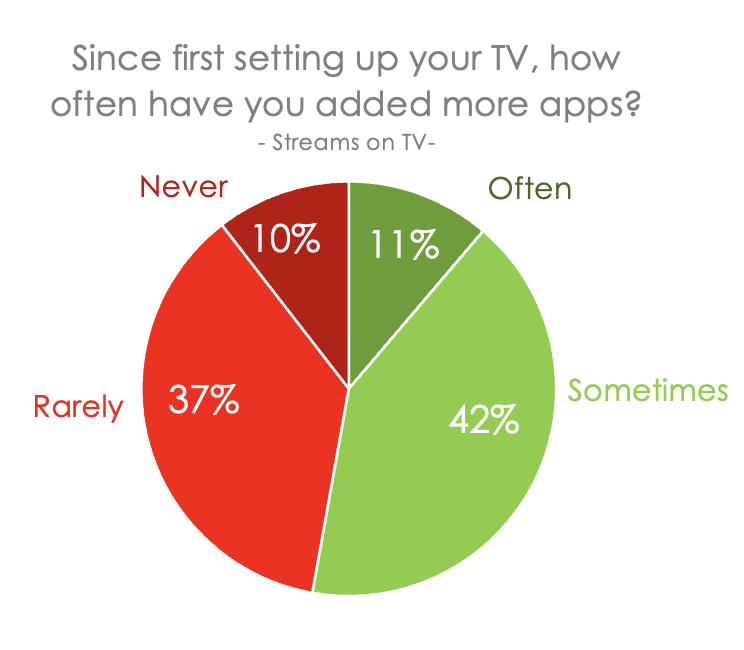
These findings are from Hub’s “Evolution of the TV Set 2024” report, based on a survey conducted among 2,517 US consumers ages 16-74. Interviews were conducted in May 2024 and cover consumer ownership of, and attitudes towards, TV sets and TV-related technologies. A free excerpt of the findings is available on Hub’s website. This report is part of Hub’s Entertainment + Technology Tracker syndicated report series.
George Winslow is the senior content producer for TV Tech. He has written about the television, media and technology industries for nearly 30 years for such publications as Broadcasting & Cable, Multichannel News and TV Tech. Over the years, he has edited a number of magazines, including Multichannel News International and World Screen, and moderated panels at such major industry events as NAB and MIP TV. He has published two books and dozens of encyclopedia articles on such subjects as the media, New York City history and economics.

